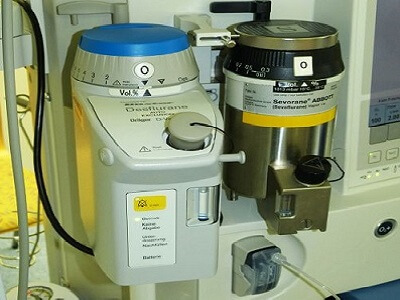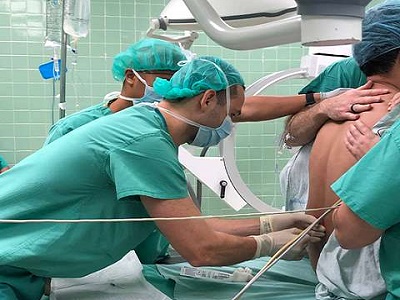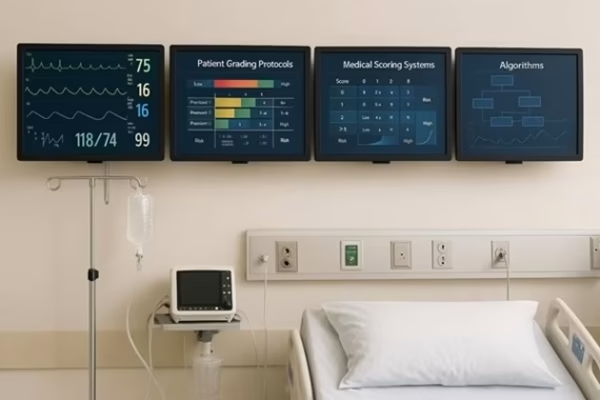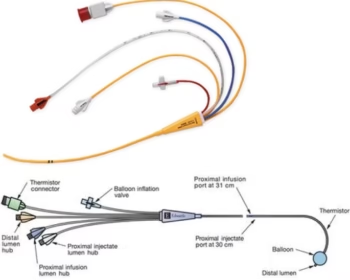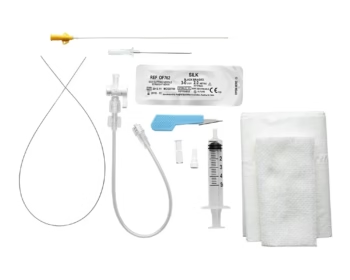Anesthesia Machine & Anesthesia Workstation
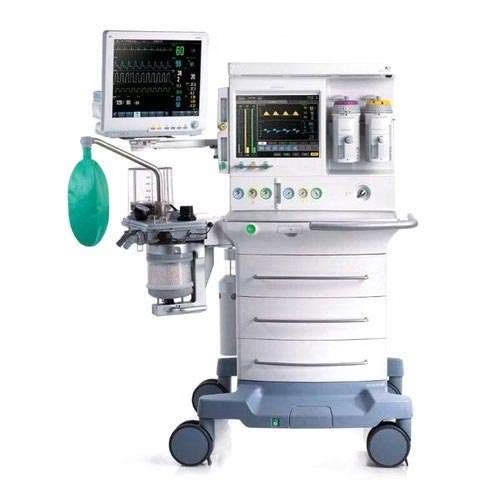 Welcome to the nerve center of the operating room. The anesthesia workstation, with its complex array of dials, circuits, and monitors, can seem like an intimidating beast. But what if you could master it? This comprehensive resource is your guide on a fascinating journey—from the historic, clunky elegance of the Boyle's machine to the sleek, intelligent workstations of Dräger, GE, and Mindray that define modern practice. We will demystify the physics, deconstruct the components, and build your confidence. This isn't just about learning a machine; it's about understanding your most critical partner in ensuring patient safety.
Welcome to the nerve center of the operating room. The anesthesia workstation, with its complex array of dials, circuits, and monitors, can seem like an intimidating beast. But what if you could master it? This comprehensive resource is your guide on a fascinating journey—from the historic, clunky elegance of the Boyle's machine to the sleek, intelligent workstations of Dräger, GE, and Mindray that define modern practice. We will demystify the physics, deconstruct the components, and build your confidence. This isn't just about learning a machine; it's about understanding your most critical partner in ensuring patient safety.
Our journey will be a methodical one. We'll start by laying a strong foundation, exploring the history and the core physics that govern every machine. From there, we'll build up your knowledge piece by piece, dissecting the classic anatomy of an anesthesia machine and mastering the circle breathing system. Only then will we leap into the modern era, comparing the sophisticated features of today's leading workstations. Each module is designed to build upon the last, transforming a daunting subject into a clear, manageable, and ultimately, masterable skill.
Pulmonary Artery Catheter (Swan-Ganz)
Central Venous Catheter
Arterial Line Catheter & Transducer Kit
Etomidate
Etomidate is a potent, non-barbiturate hypnotic agent used for the induction of general anesthesia. Its primary claim to fame is its remarkable hemodynamic stability, making it a go-to drug for patients with compromised cardiovascular function.
Dantrolene Sodium
Dexamethasone
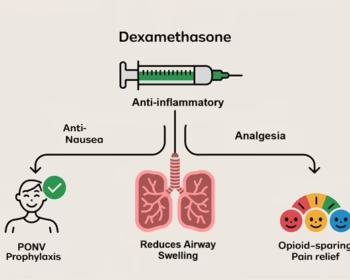
Dexamethasone is a long-acting glucocorticoid essential for anesthesiologists. It’s a cornerstone of ERAS protocols, providing potent prophylaxis against PONV, reducing airway and tissue edema, and offering opioid-sparing analgesia. While highly effective, its use requires careful monitoring for perioperative hyperglycemia, especially in diabetic patients.
Dobutamine
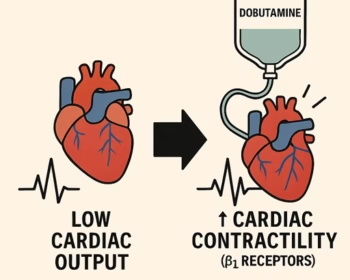
Dobutamine is a potent synthetic inotrope primarily acting on β1-adrenergic receptors to dramatically increase cardiac contractility. Its principal role is in managing acute decompensated heart failure and other low cardiac output states, where the therapeutic goal is to boost the heart’s pumping force without significantly increasing vascular resistance.
Dopamine
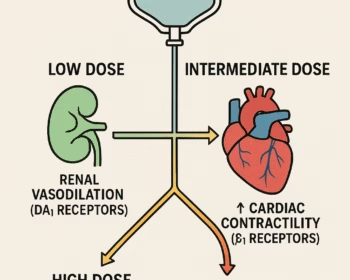
Dopamine is a potent endogenous neurotransmitter used clinically as a vasopressor and inotrope, uniquely characterized by its dose-dependent effects on the cardiovascular system. At low doses, it acts on dopaminergic receptors to increase renal blood flow; at intermediate doses, it stimulates β1-receptors to boost cardiac contractility; and at high doses, it activates α1-receptors to cause potent vasoconstriction.
Disclaimer!
The information provided on this platform, including but not limited to articles, case studies, clinical scenarios, guidelines, and multimedia content, is intended for educational and informational purposes only.
The authors and editors of this material have made every effort to ensure the accuracy of treatments, drugs, and dosage regimens that conform to currently accepted standards. However, due to continual changes in information resulting from ongoing research and clinical experience, unique aspects of individual clinical situations, as well as the potential for human error; readers must exercise personal judgment when making a clinical decision.
This website may contain third-party information or links to other internet websites. We do not control nor assume responsibility for any third-party content provided nor content on linked Internet websites.
We strongly recommend the visitors of this website to go through its Detailed 'Disclaimer' and 'Terms of Use'.
By accessing, browsing, or using this website, you acknowledge that you have read, understood, and agreed to be bound by the 'Disclaimer' and 'Terms of Use'. If you do not agree with these terms, you must NOT use this website.







